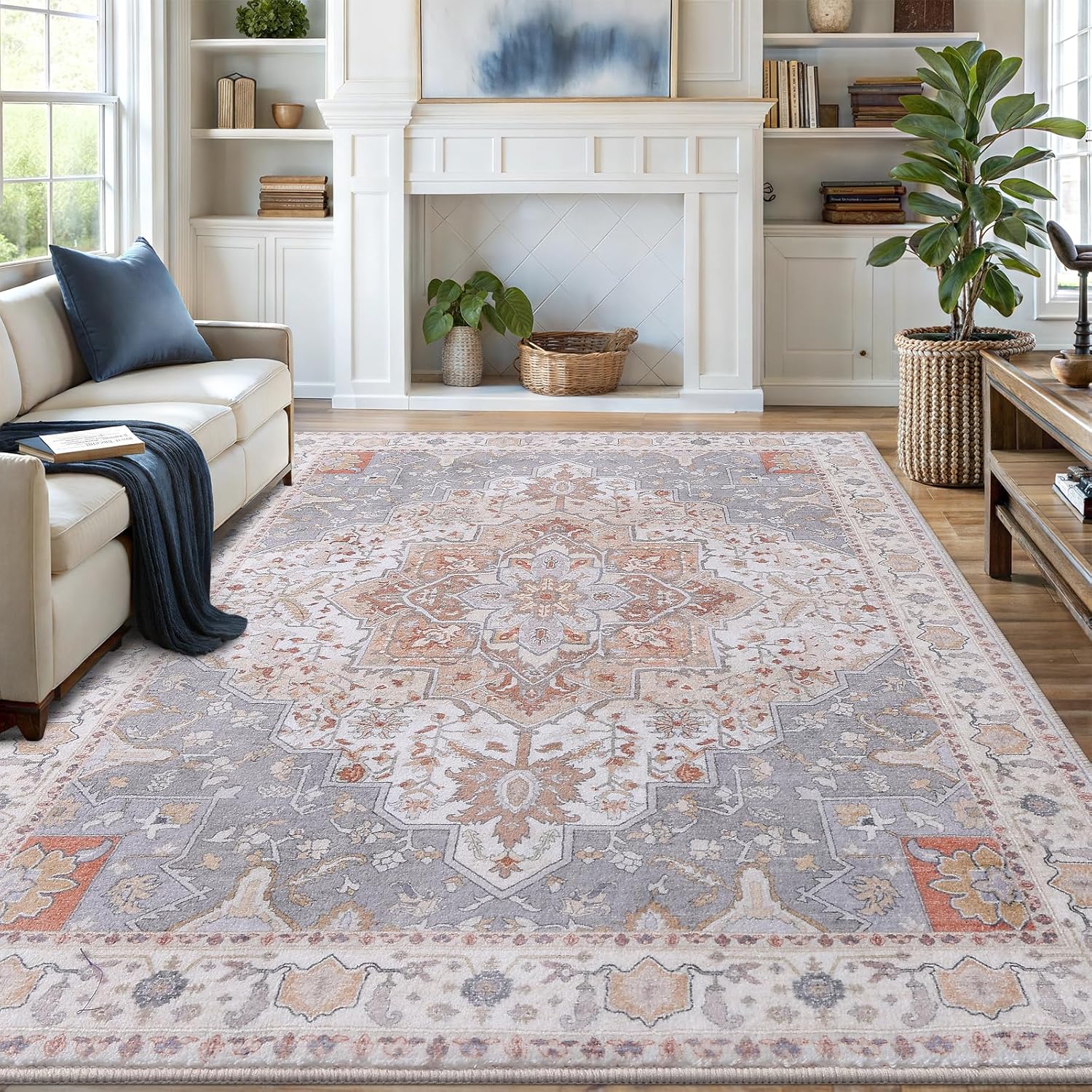To effectively eliminate mold and mildew on bathroom floors, regularly clean with a mixture of vinegar and water, ensuring proper ventilation.
Mold and mildew on bathroom floors are common problems caused by excess moisture. Left untreated, they can damage surfaces and create health risks. This guide provides proven methods to eliminate existing mold and prevent future growth.

Identifying Mold on Bathroom Floors
Mold appears as black, green, or gray spots on grout, tile, and flooring materials. Common signs include:
- Discolored patches in grout lines
- Musty odors
- Warped or loose tiles
- Spongy floor surfaces
When to Call a Professional
For severe cases where mold has penetrated subflooring or caused structural damage, professional remediation may be necessary. Warning signs include:
- Tiles that move when pressed
- Visible water damage under tiles
- Persistent musty smells after cleaning

Effective Mold Removal Methods
Bleach Solution
- Mix 1 cup bleach with 1 gallon water
- Apply to affected areas with spray bottle
- Let sit 10 minutes before scrubbing
- Rinse thoroughly with clean water
For tougher jobs, consider using a deep cleaning scrub designed for bathroom surfaces.
Vinegar Treatment
White vinegar is an effective natural alternative:
- Fill spray bottle with undiluted white vinegar
- Spray moldy areas generously
- Let sit 1 hour before wiping clean
Baking Soda Paste
For stubborn mold in grout lines:
- Mix baking soda with water to form thick paste
- Apply paste to grout with old toothbrush
- Scrub gently, then rinse
Preventing Mold Regrowth
Improve Ventilation
Proper airflow is crucial for moisture control:
- Run exhaust fan during and after showers
- Open windows when possible
- Consider a HEPA air purifier for mold spores
Control Moisture
Reduce standing water and humidity:
- Wipe down shower walls after use
- Fix leaky faucets promptly
- Use moisture-resistant materials
Regular Maintenance
Preventative care keeps mold at bay:
- Reseal grout annually
- Clean bathroom weekly with mold-inhibiting products
- Replace caulk when cracked or discolored
Special Considerations for Different Floor Types
Tile Floors
For tile, focus on grout maintenance. The EPA recommends addressing mold quickly to prevent spread.
Vinyl Flooring
Use gentler cleaners to avoid damaging vinyl. Never use abrasive scrubbers.
Concrete Floors
Consider sealing concrete to prevent moisture absorption. Check out our guide on cleaning unsealed concrete.
Health Risks of Bathroom Mold
Mold exposure can cause:
- Respiratory issues
- Allergic reactions
- Skin irritation
- Headaches
At-risk individuals should avoid mold cleanup and consult professionals.

Vanmoos 6×9 Machine-Washable Area Rug — Artistic Flair / Beige
Low-pile, non-slip rug that minimizes pet hair collection and makes quick cleanup part of your routine.
Affiliate link — may earn a commission at no extra cost to you.
